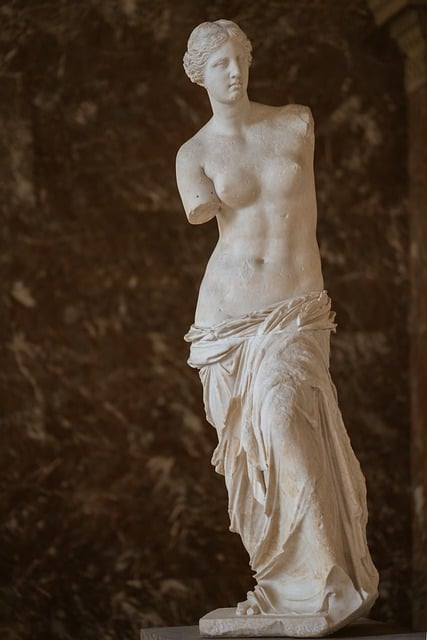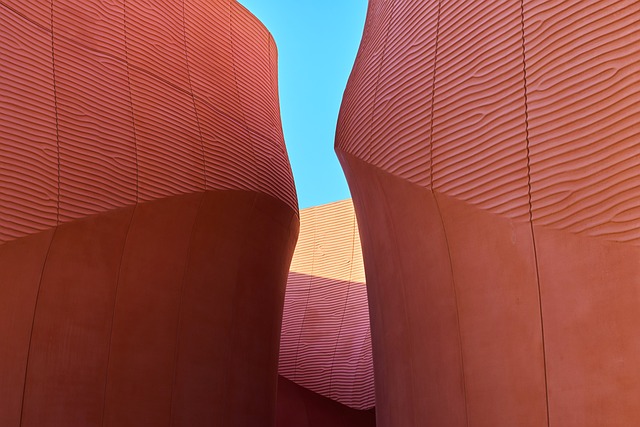The Insider’s Museum Art Guide: Unveiling the Stories Behind the Art
Art, in its myriad forms, serves as a visual storytelling medium, conveying emotions, ideas, and cultural narratives. While many of us appreciate art for its aesthetic value, few take the time to delve into the stories that breathe life into the pieces we admire. The Insider’s Museum Art Guide is designed to bridge this gap, providing an engaging exploration of art’s deeper meaning through knowledgeable insights and intriguing narratives. This guide promises not just to enhance your museum experience but also to enrich your understanding of art history and its societal implications.
The Importance of Context in Understanding Art
To fully appreciate art, one must understand the context in which it was created. This involves more than just knowledge of the artist; it includes the political, social, and personal factors that influenced the work. Various art movements, such as Impressionism or Surrealism, emerged in response to the changing dynamics of society. For instance, the Impressionist movement in the late 19th century arose as a reaction against the academic art standards of the time, showcasing a more personal and emotional response to the changing landscape of Paris.
When visiting a museum, take the time to read the placards that accompany the artwork; they often provide crucial insights into the creator’s inspiration, the materials used, and the historical context. Understanding this framework can amplify the appreciation of the art, revealing layers of meaning that may initially elude the untrained eye.
Inside the Mind of the Artist
The artist’s journey is as captivating as the artwork itself. Many artists draw inspiration from their personal experiences, societal influences, and even their dreams. For instance, Vincent van Gogh’s tumultuous life, marked by mental health struggles and a quest for belonging, is intricately reflected in his dramatic use of color and brushwork. His painting “Starry Night” conveys more than just a celestial scene; it encapsulates his emotional turmoil and longing for peace.
Interviews, letters, and biographies can provide invaluable insights into an artist’s psyche. Many museums offer resources such as audio guides that include readings from artists’ letters or expert commentary that illuminates their thought processes. Engaging with these resources enables viewers to connect with the artwork on a more profound level and fosters empathetic understanding.
Art as a Reflection of Society
Art has the power to encapsulate the societal issues and cultural narratives of its time. Throughout history, artists have responded to moments of turmoil, joy, revolution, and change. For example, Diego Rivera’s murals reflect the socio-political climate of Mexico in the early 20th century, addressing issues of class struggle and indigenous rights. His works serve not just as a celebration of Mexican culture but also as a critique of colonialism and inequality.
Furthermore, the stories behind artworks often reveal the artist’s desire to challenge the status quo. The feminist art movement of the 1970s, for instance, emerged as a response to the male-dominated art world, with artists like Judy Chicago using their work to critique gender stereotypes and advocate for women’s rights. Understanding these movements not only enriches the viewing experience but also emphasizes art’s role as a catalyst for change.
The Evolution of Techniques and Styles
The techniques and styles within the art world are vast, reflecting the diverse approaches artists have taken throughout history. Each period brought forth new innovations—be it the development of oil paint during the Dutch Golden Age or the use of collage in modern art. Exploring these techniques offers a fascinating glimpse into how art adapts and evolves over time.
Moreover, contemporary artists often blend traditional techniques with modern influences, showcasing a continuous dialogue between the past and present. For instance, Kehinde Wiley’s portraiture reinterprets classical European painting while featuring contemporary subjects, addressing racial identity and representation. By investigating the techniques used, viewers can gain a deeper appreciation for the skill involved and understand the artistic choices that shape the final piece.
Engaging with Art Through Experience
Viewing art in a museum setting provides a unique opportunity for engagement. Museums often host guided tours, workshops, and interactive exhibits designed to foster a deeper connection between the viewer and the artwork. Participating in these activities allows individuals to experience art on a tactile level, encouraging experimentation with different techniques and materials.
Moreover, many museums have embraced technology, using augmented reality and virtual reality to create immersive experiences that enhance the understanding of art. For instance, a visitor might use their smartphone to see how a painting evolves or access a 360-degree view of a sculpture. These advancements help break the barrier between the viewer and the artwork, inviting individuals to explore the stories held within each piece.
Building Your Personal Art Narrative
Every art lover accumulates a unique narrative shaped by personal experiences, emotions, and interactions with art. To craft a personal narrative, consider documenting your thoughts and connections as you explore various works. This can be achieved through journaling, blog entries, or even social media posts. Reflecting on what resonates with you about a particular piece can provide insight into your tastes and preferences, crafting a more personalized understanding of art.
Furthermore, sharing your experiences with others—whether through group visits to museums or discussions on art forums—can build a communal narrative. Engaging with diverse perspectives widens your understanding and appreciation of art, as art functions as a universal language transcending personal experiences.
Conclusion: The Endless Discovery in Art
The Insider’s Museum Art Guide illuminates the hidden narratives and dynamics behind the works displayed in galleries and museums. To truly appreciate art, one must engage with the stories it whispers—stories of struggle, triumph, and transformation. By exploring context, understanding the artist’s intent, and reflecting on the societal implications of a piece, viewers can embark on an enriching journey that deepens their connection with art.
Ultimately, art is an endless realm of discovery waiting to be explored. Through dialogues with fellow admirers, participation in interactive experiences, and a commitment to understanding the narratives behind the pieces, each individual can develop a deeper appreciation for the art that surrounds them. Art, with its ability to evoke emotion and provoke thought, remains a vital part of our cultural landscape—a medium through which we can navigate the complexities of existence.


